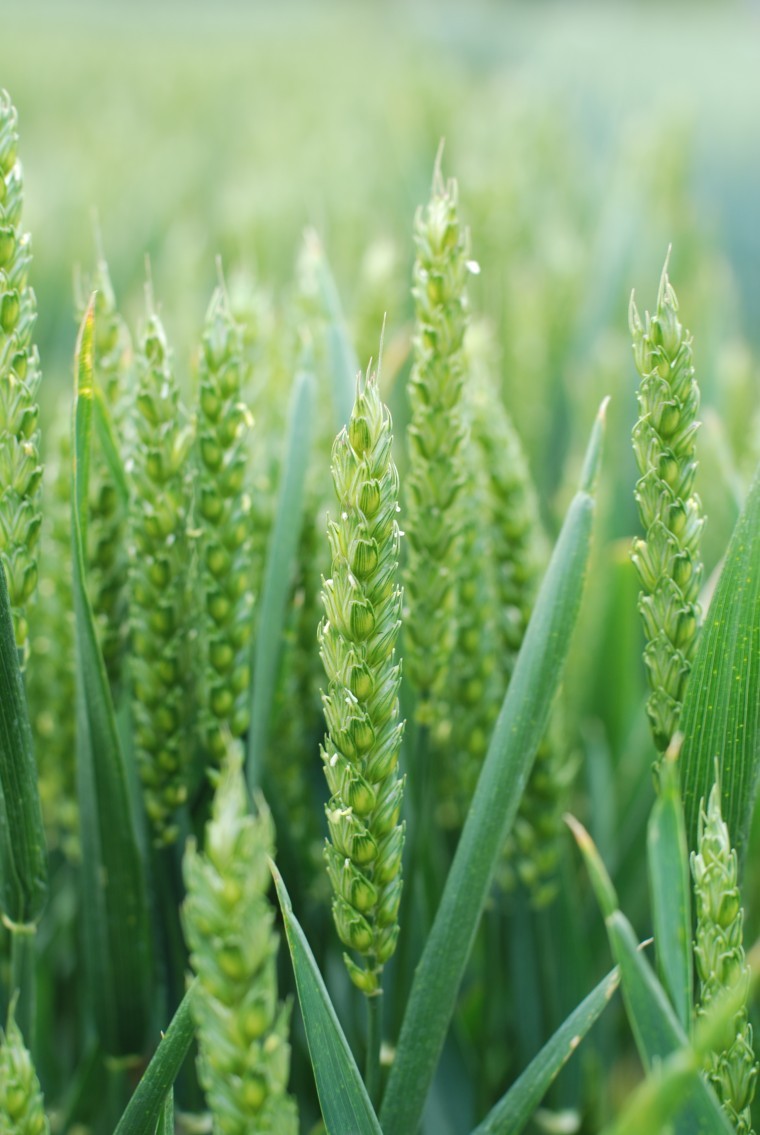After six years on the Recommended List, Group 1 bread maker Crusoe still fits these criteria, producing high yields and is snapped up by millers for its top bread making qualities.
For CCC Agronomy and AICC crop consultant Peter Cowlrick, who walks crops across Sussex and Hampshire, that is why Crusoe still makes up a significant proportion of the advisory group’s milling wheat acreage.
Pushing his milling wheat’s hard with high nitrogen rates, whether yields have been average or touched 14t/ha in bumper years, Crusoe has always hit the 13% grain protein required by the millers.
Mr Cowlrick also likes its even development, with the correct nutrient plan allowing growers to easily produce the right number of tillers and ears/sq m for optimum yields.
“For Septoria, October sown Crusoe is approaching [a resistance score] of 7, so it gives you flexibility on fungicide spend. Our experience is that in general you don’t need the more expensive SDHI products at T1.
“In the main, quality wheats are drilled from the 10 October onwards effectively reducing disease pressure and enabling a lower fungicide spend overall, but you will need to be prepared to invest a little more at T3 to maintain quality and control brown rust,” he adds.
{in-brief}
Manageable weakness
Crusoe’s brown rust score of 3 is something that may concern current and potential growers, but Mr Cowlrick says lessons have been learned from last season, when brown rust was particularly problematic.
Where Crusoe was drilled early, the disease established itself in crops in the autumn and was difficult to control all season, before killing off green leaf area late in the summer and dragging down yields.
This year Mr Cowlrick used a cost-effective azole application in the autumn to clear out early inoculum and the rest of the fungicide programme contained rust-active options at each timing.
“We have had no issues with brown rust this year so far, so it isn’t impossible to control. You will also need a good PGR programme if you are pushing Crusoe with 300kg/ha plus of nitrogen, but all in all, it is manageable.
“There is nothing like having a variety you know is going to perform consistently each year,” explains Mr Cowlrick.
Quality benchmark
While some newer Group 1s are attracting interest with their milling quality and Mr Cowlrick is looking at how they perform on farm this season, Crusoe’s marketability is a reason why it will feature heavily in his cropping plans for 2018-19.
National Association of British and Irish Four Millers (Nabim) use Crusoe as a control variety, so is the current benchmark for bread making quality that other potential Group 1 wheats are up against.
Nabim’s policy and research officer Joe Brennan says Crusoe still just edges out all other Group 1s for baking quality and he doesn’t see any reason why in the short-term millers might look to phase out its use.
“If there are still the quantities being grown on farm, they will continue to use it,” he adds.
Mr Cowlrick sees this is a particularly important consideration when choosing a variety this autumn, as the 2019 harvest will be the first to be sold in an uncertain post-Brexit environment.
“It is consistent and has demand and growers need to have [those attributes] in the back of their minds,” he adds.




